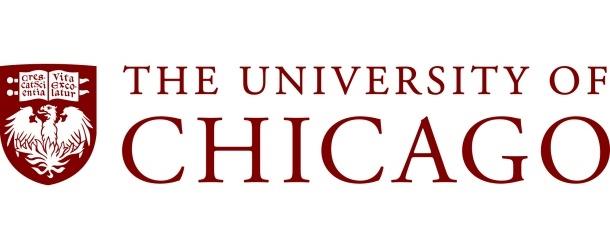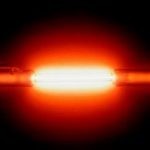U of Chicago: Using two different elements creates new possibilities in hybrid atomic quantum computers

(UChicago.edu) The Chicago Quantum Xchange recently announced the research creating a hybrid array of neutral atoms from two different elements broading applications in quantum technology. IQT News here the announcement from the University of Chicago of that research.
Qubits, the building blocks of quantum computers, can be made from many different technologies. One way to make a qubit is to trap a single neutral atom in place using a focused laser, a technique that won the Nobel Prize in 2018.
For the first time, University of Chicago researchers have created a hybrid array of neutral atoms from two different elements, significantly broadening the system’s potential applications in quantum technology. The results were funded in part by the NSF Quantum Leap Challenge Institute Hybrid Quantum Architectures and Networks (HQAN).
“There have been many examples of quantum technology that have taken a hybrid approach,” said Hannes Bernien, lead researcher of the project and assistant professor in University of Chicago’s Pritzker School of Molecular Engineering. “But they have not been developed yet for these neutral atom platforms. We are very excited to see that our results have triggered a very positive response from the community, and that new protocols using our hybrid techniques are being developed.”
“There have been quite a few milestone experiments over the last few years showing that atomic array platforms are extremely well suited for quantum simulation and also quantum computation,” Bernien said. “But measurements on these systems tend to be destructive, since all the atoms have the same resonances. This new hybrid approach can be really useful in this case.”
In a hybrid array made of atoms of two different elements, any atom’s nearest neighbors can be atoms of the other element, with completely different frequencies. This makes it much easier for researchers to measure and manipulate a single atom without any interference from the atoms around it.
It also allows researchers to sidestep a standard complication of atomic arrays; it is very difficult to hold an atom in one place for very long.
The hybrid array created by Bernien’s group contains 512 lasers: 256 loaded with cesium atoms and 256 with rubidium atoms. As quantum computers go, this is a lot of qubits: Google and IBM, whose quantum computers are made of superconducting circuits rather than trapped atoms, have only gotten up to about 130 qubits. Though Bernien’s device is not yet a quantum computer, quantum computers made from atomic arrays are much easier to scale up, which could lead to some important new insights.
The hybrid nature of this array also opens the door to many applications that wouldn’t be possible with a single species of atom. Since the two species are independently controllable, the atoms of one element can be used as quantum memory while the other can be used to make quantum computations, taking on the respective roles of RAM and a CPU on a typical computer.
Sandra K. Helsel, Ph.D. has been researching and reporting on frontier technologies since 1990. She has her Ph.D. from the University of Arizona.



















